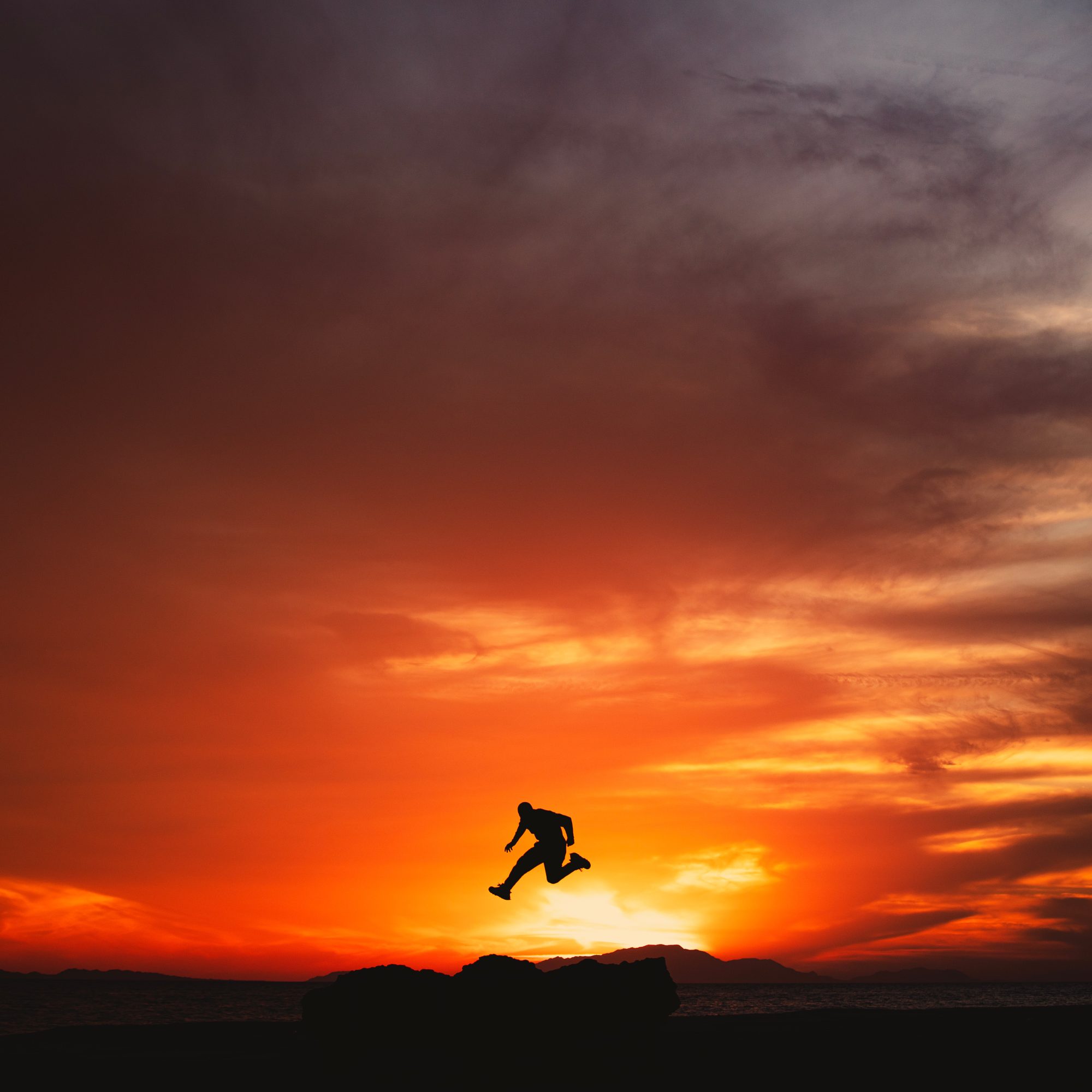I still remember my first experience with action photography. It was a local skateboarding competition; the air was buzzing with youthful adrenaline, and the whirring of wheels against concrete echoed in my ears. I had my trusty DSLR in hand, heart pounding in time with the skaters’ daring jumps and flips. Do you remember the first time you attempted to capture the sheer dynamism of a moment on camera?
Surprisingly, action and sports photography is not just about shutter speed or camera specs. It’s about storytelling. Capturing a split-second image that can express the intensity, passion, and drama of sports is a unique skill. Did you know that in 2019 alone, over 64% of professional photographers ranked sports and action shots among the top three most challenging photos to capture?
Why so? Well, let’s dive into the heart-pumping world of action and sports photography. Whether you’re shooting an intense football match under floodlights or capturing the graceful arc of a ballet leap, your goal is to immortalize the athlete’s power and grace.
Imagine the scene: the running back is sprinting down the field, muscles straining, eyes locked on the end zone. He makes a breathtaking leap, dodging the opposition. As a sports photographer, your challenge is not merely to freeze this action in a shot, but to convey the raw emotion and intensity of the moment. It’s almost like interior photography – only instead of capturing the essence of a quiet room, you’re encapsulating a moment of explosive energy.
Mastering the Basics of Action & Sports Photography
At its core, action and sports photography hinges on a deep understanding of the game, the players, and their movements. As a photographer, you need to anticipate the action, know where to position yourself, and when to hit the shutter. It’s not just about capturing a clear image of a moving subject – it’s about capturing the right moment.
Take it from me: the most important tool for an action photographer isn’t a high-end camera or a fast lens. It’s patience. You have to wait for the right moment – that split second of intense emotion, of high drama. That’s where the magic happens.
Technical skills, of course, are also key. You need to understand how to use a fast shutter speed to freeze motion, a slow shutter speed to create blur, and how to adjust your camera settings to compensate for different lighting conditions. It’s not unlike interior photography, where you adjust to capture the subject in the best light. Only in this case, the subject is often moving at high speed.
Unleashing Creativity: Telling A Story with Your Lens
Once you’ve mastered the technical aspects, it’s time to unleash your creativity. How can you tell a story through your imagery? How can you capture not just movement, but emotion? How can you make a viewer feel the athlete’s determination, their triumph or defeat?
Composition plays a critical role here. Look for powerful angles, unique perspectives, and captivating backdrops. Instead of always aiming for a close-up of the action, consider a wider shot that includes the crowd’s reaction or the stunning sunset behind the baseball field. Remember, every frame is potential for a story.
In the end, action and sports photography is a dance between precision and creativity, technical mastery and instinct. The camera is your partner, the field is your stage, and the athletes – they’re the stars of your narrative. Just like in interior photography, where you capture the soul of a space, here you encapsulate the spirit of the game.
Ready to hit the field and start shooting? Remember to pack your patience, sharpen your instincts, and above all, enjoy the rush of the game.


0 Comment